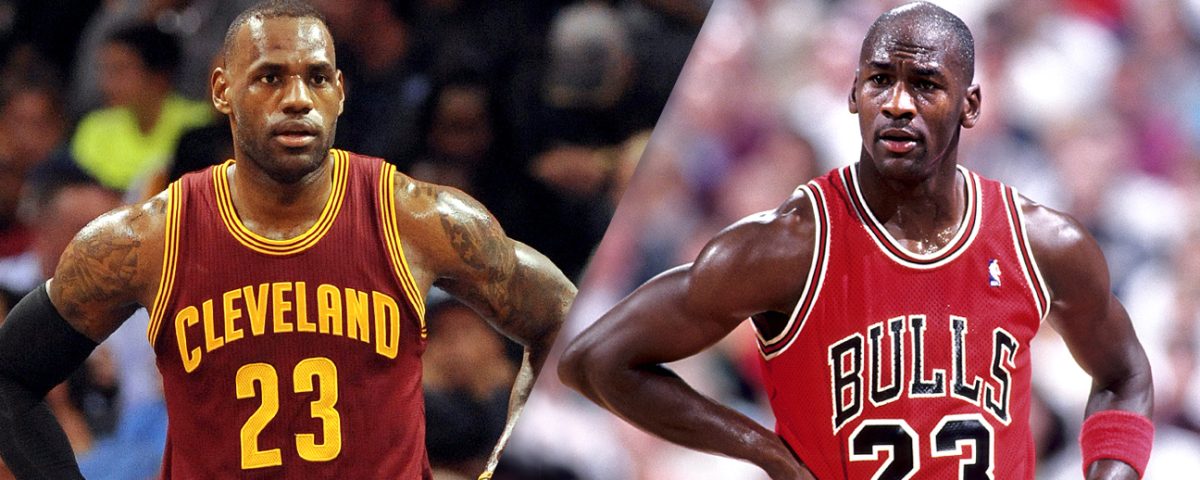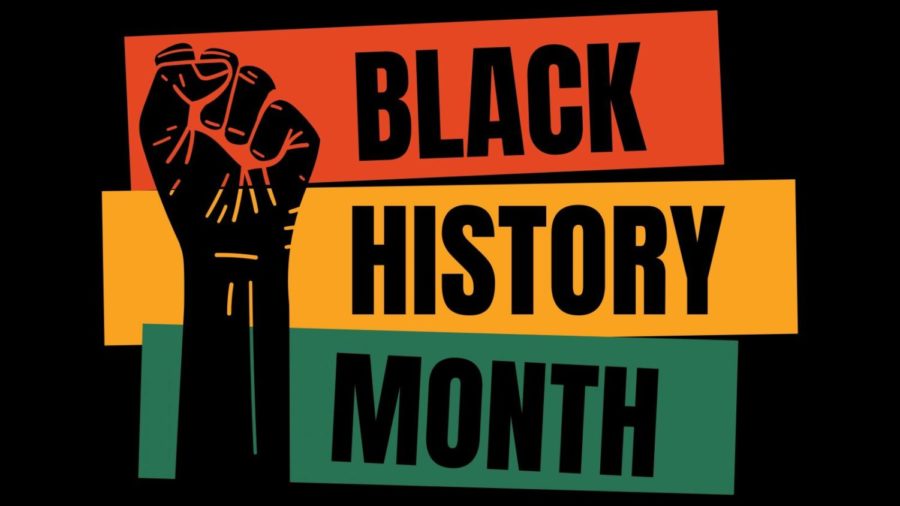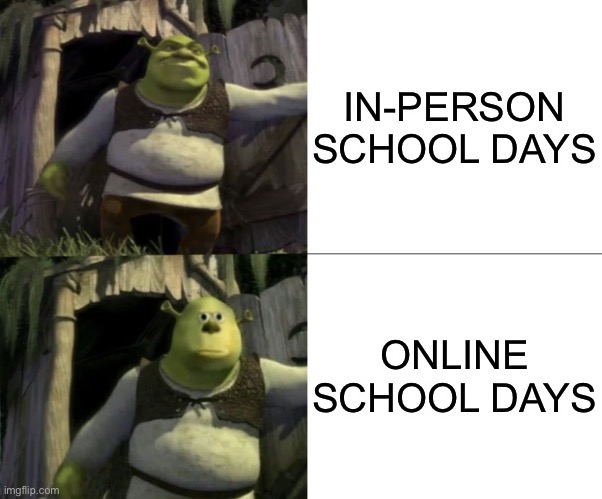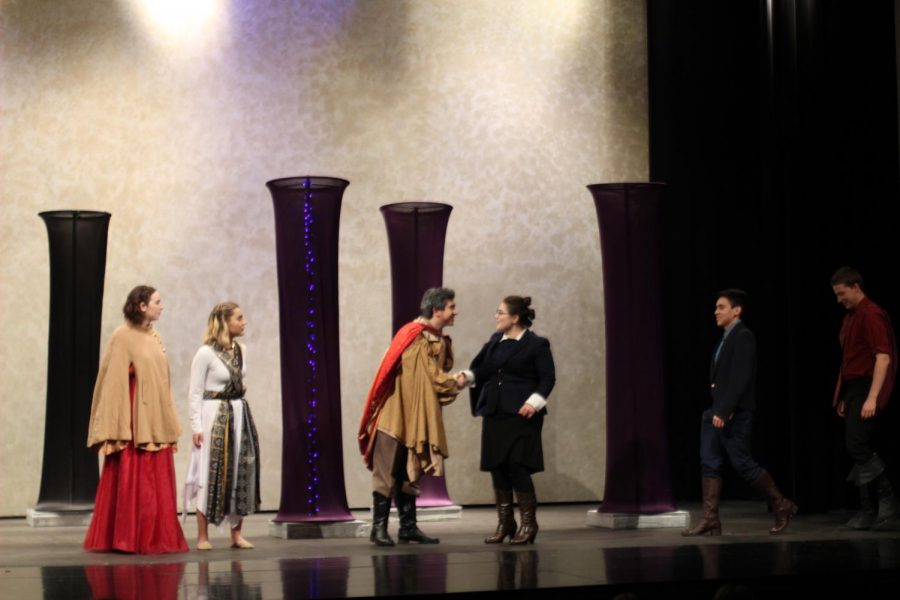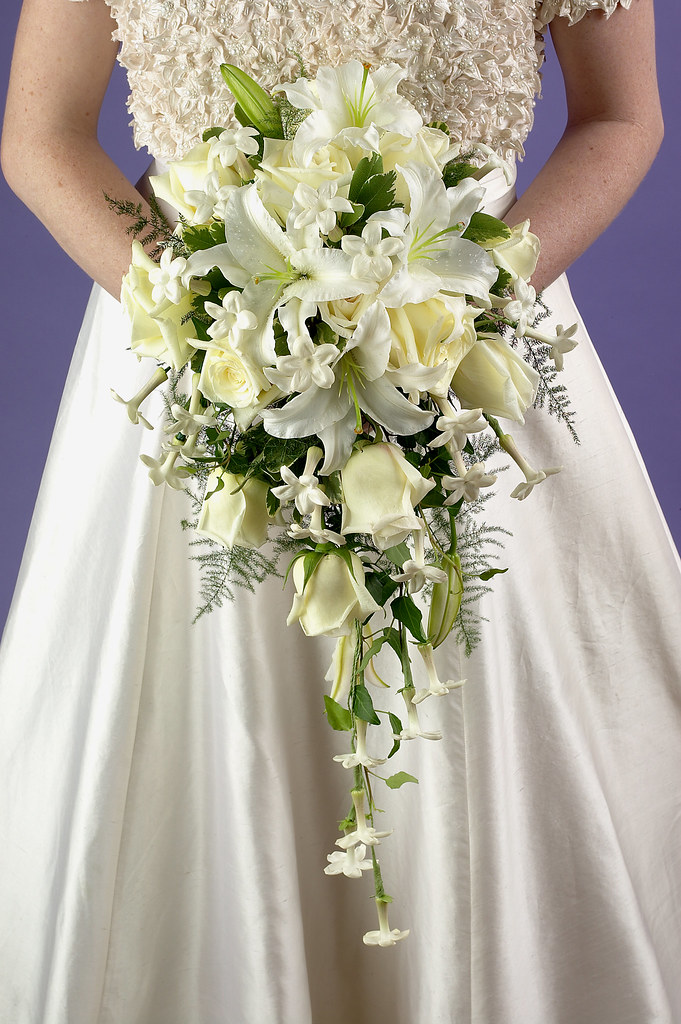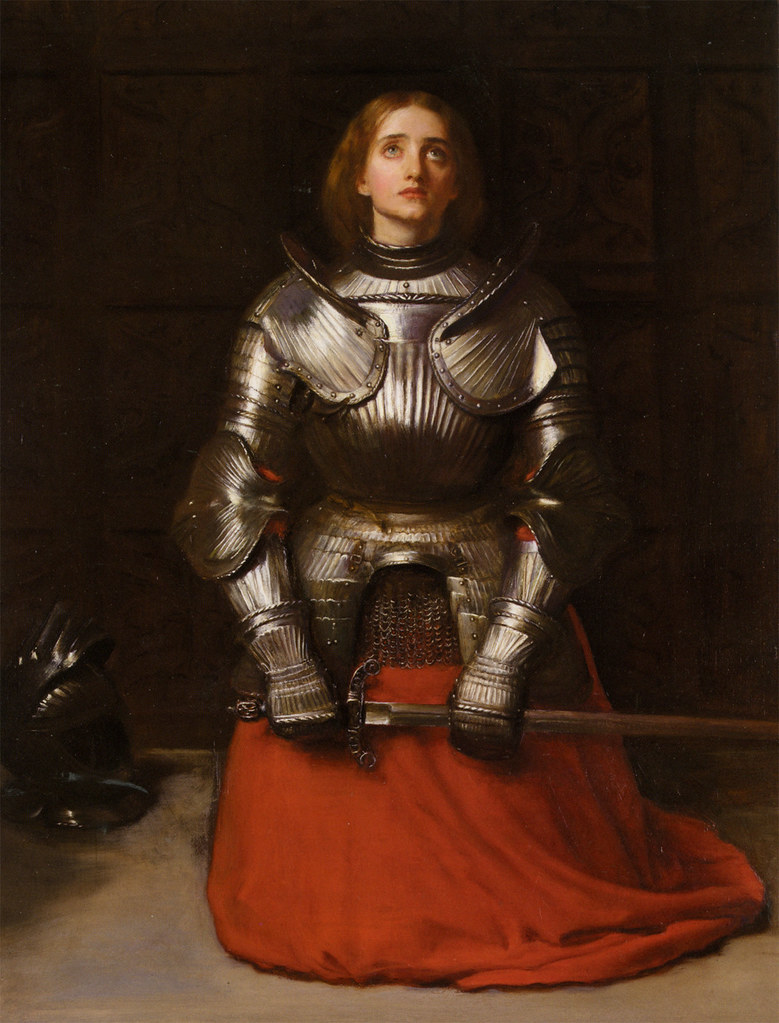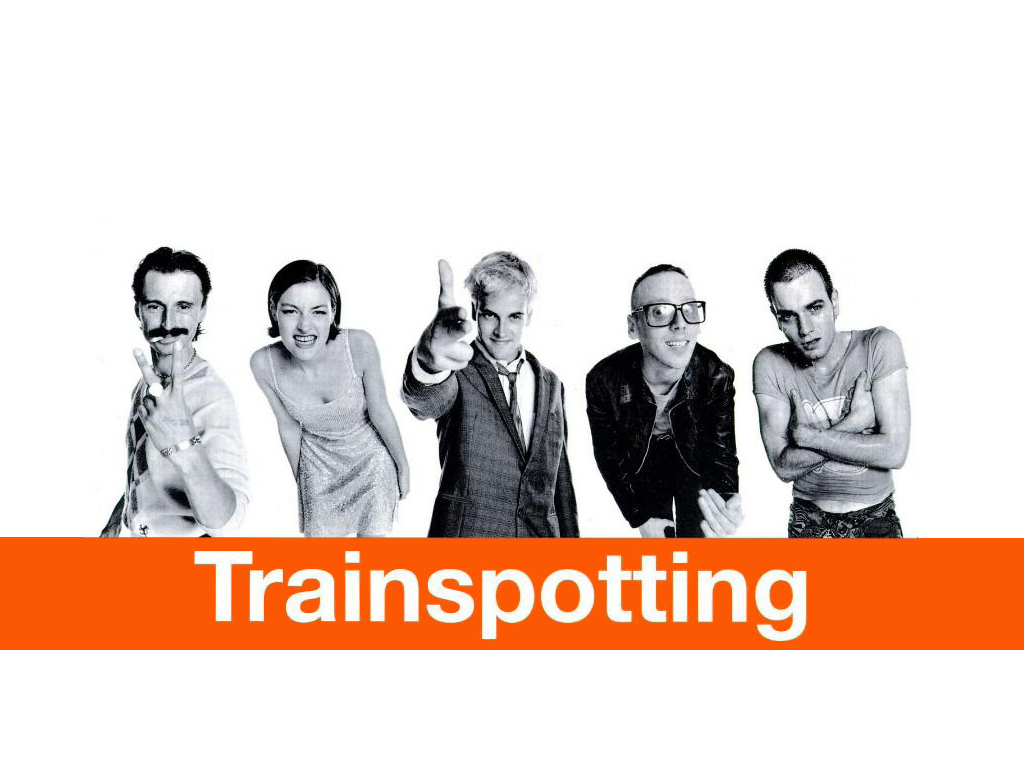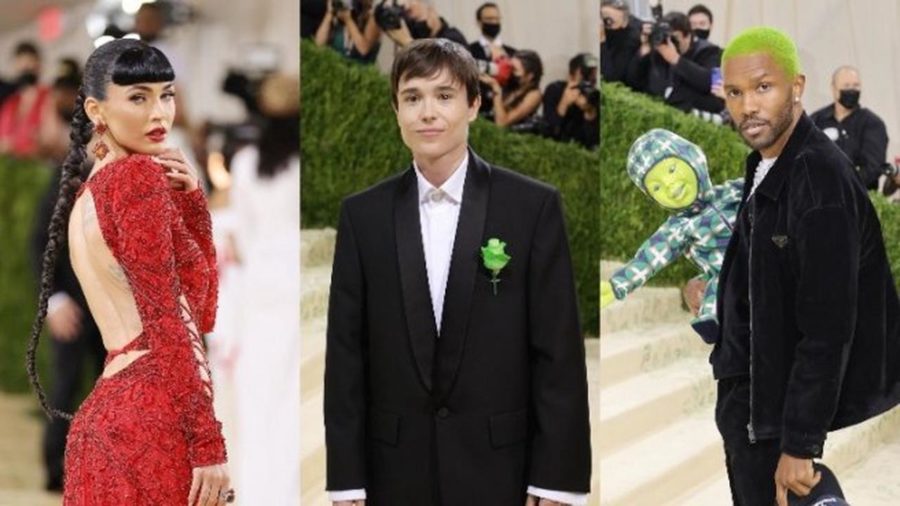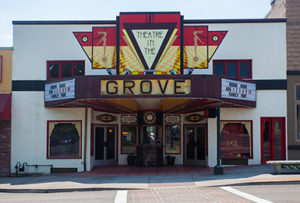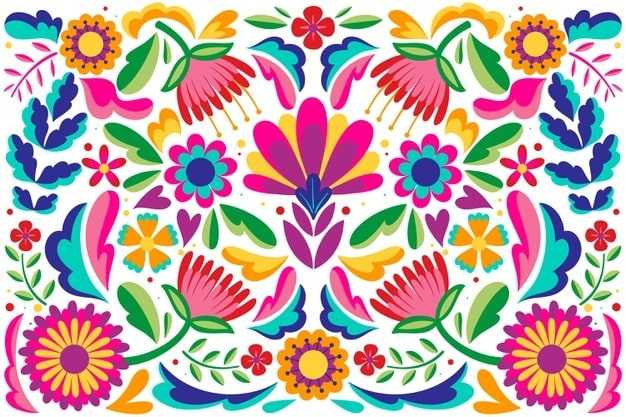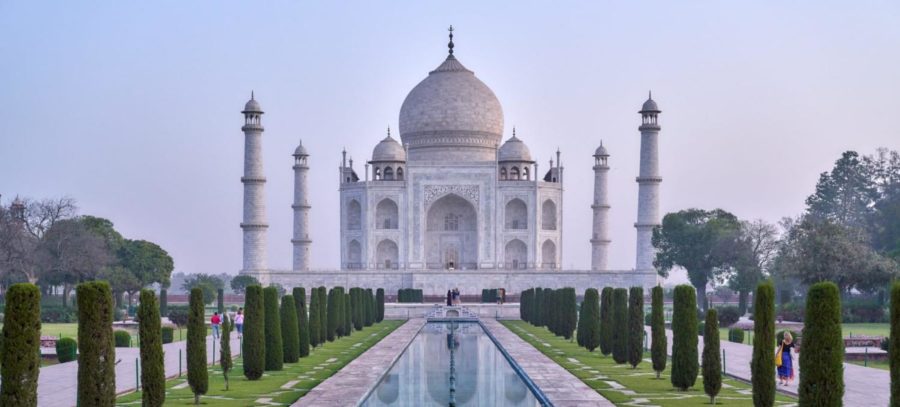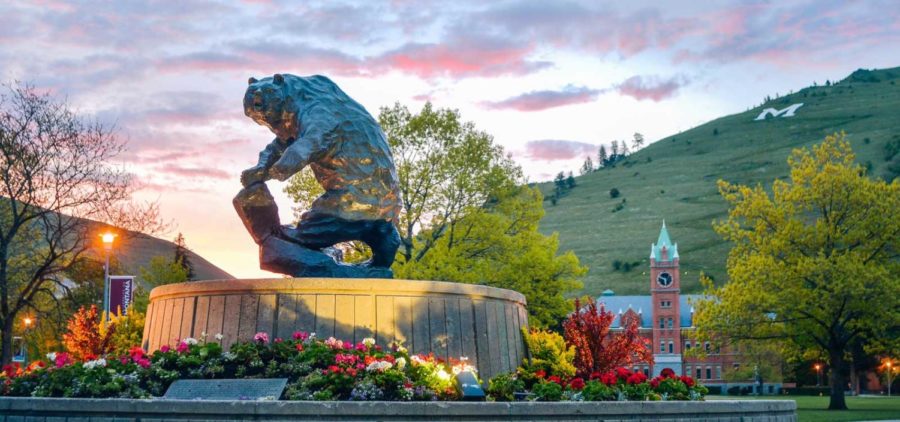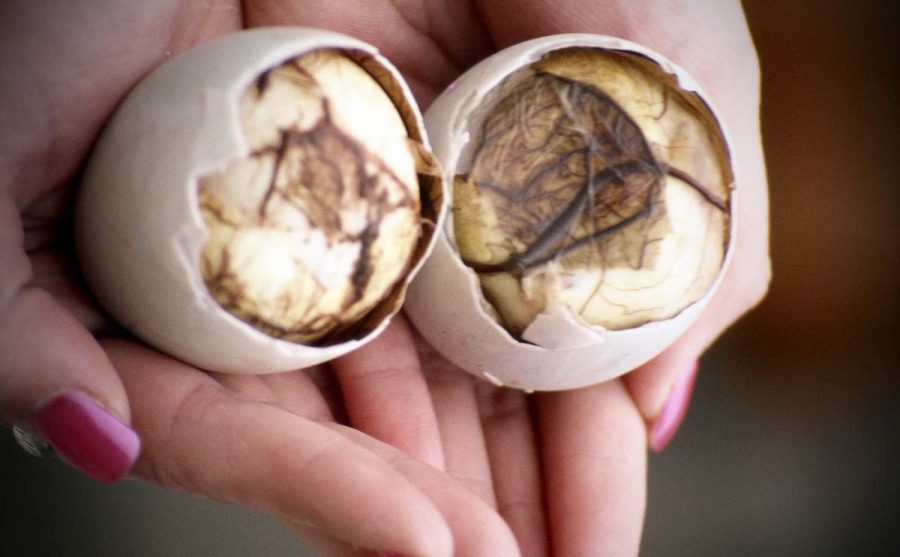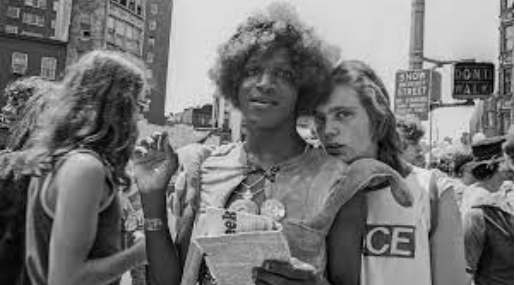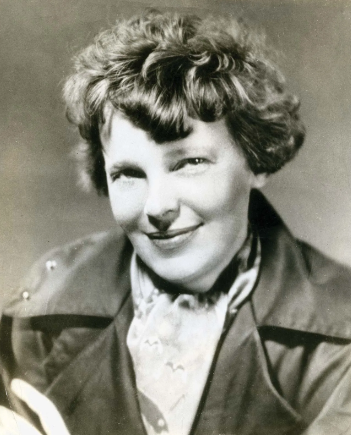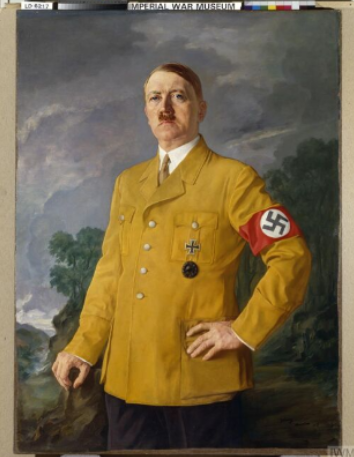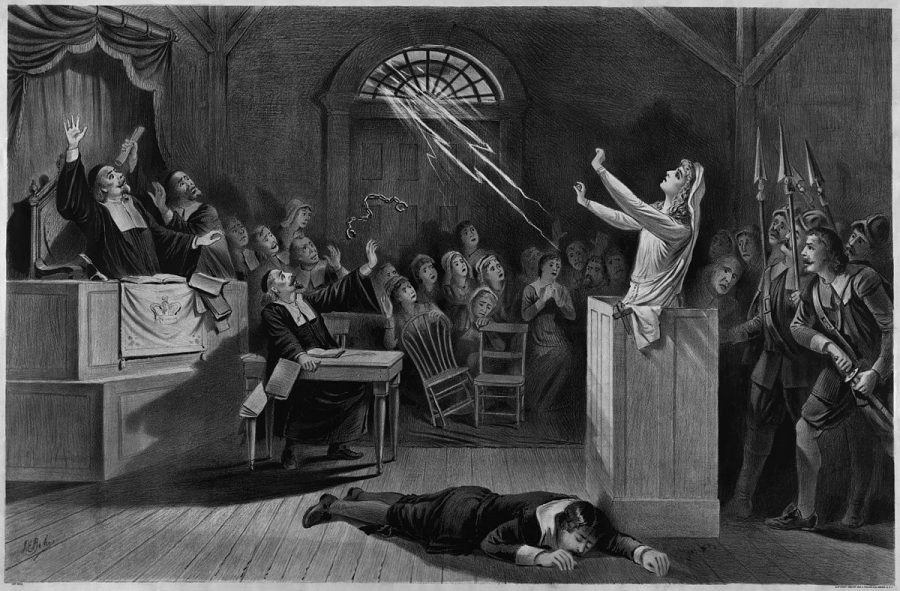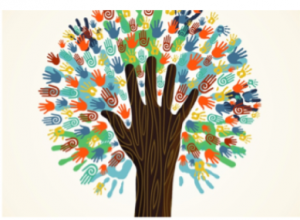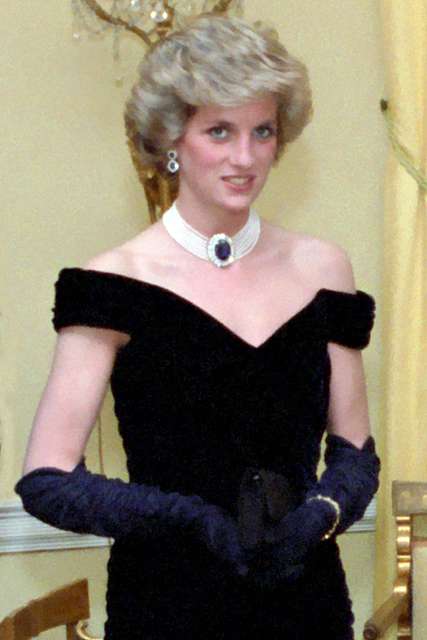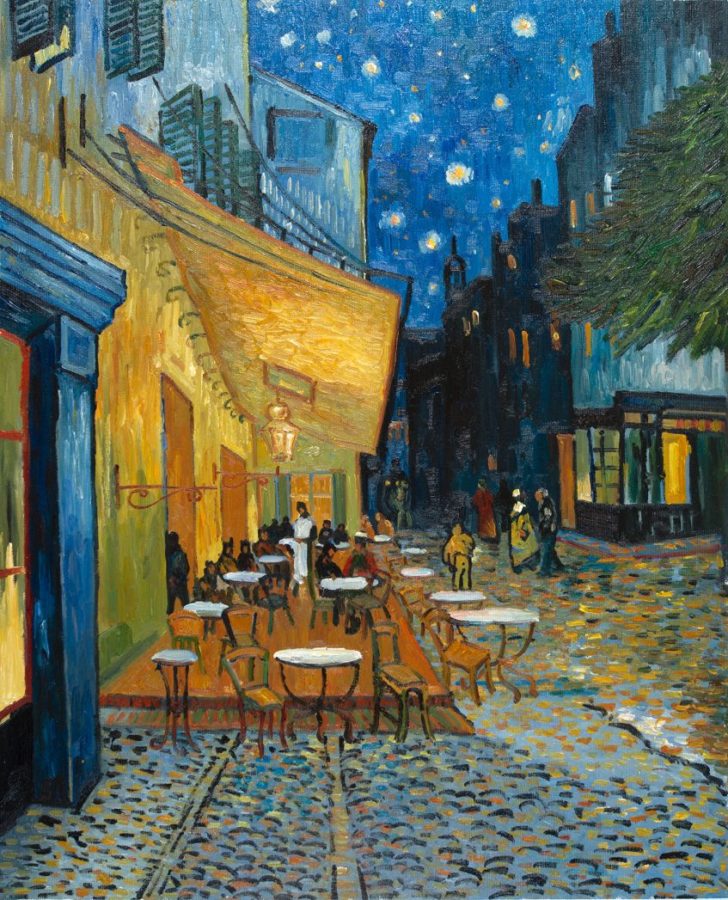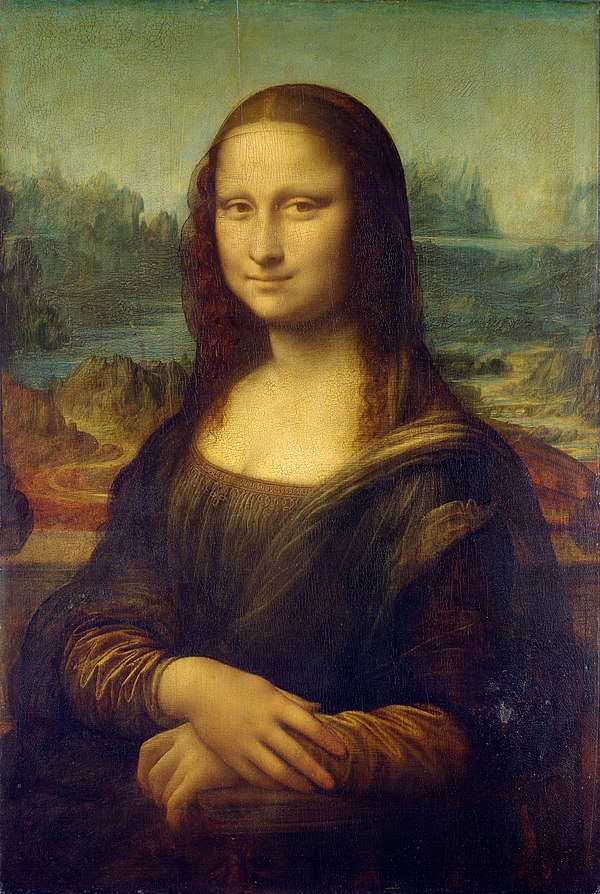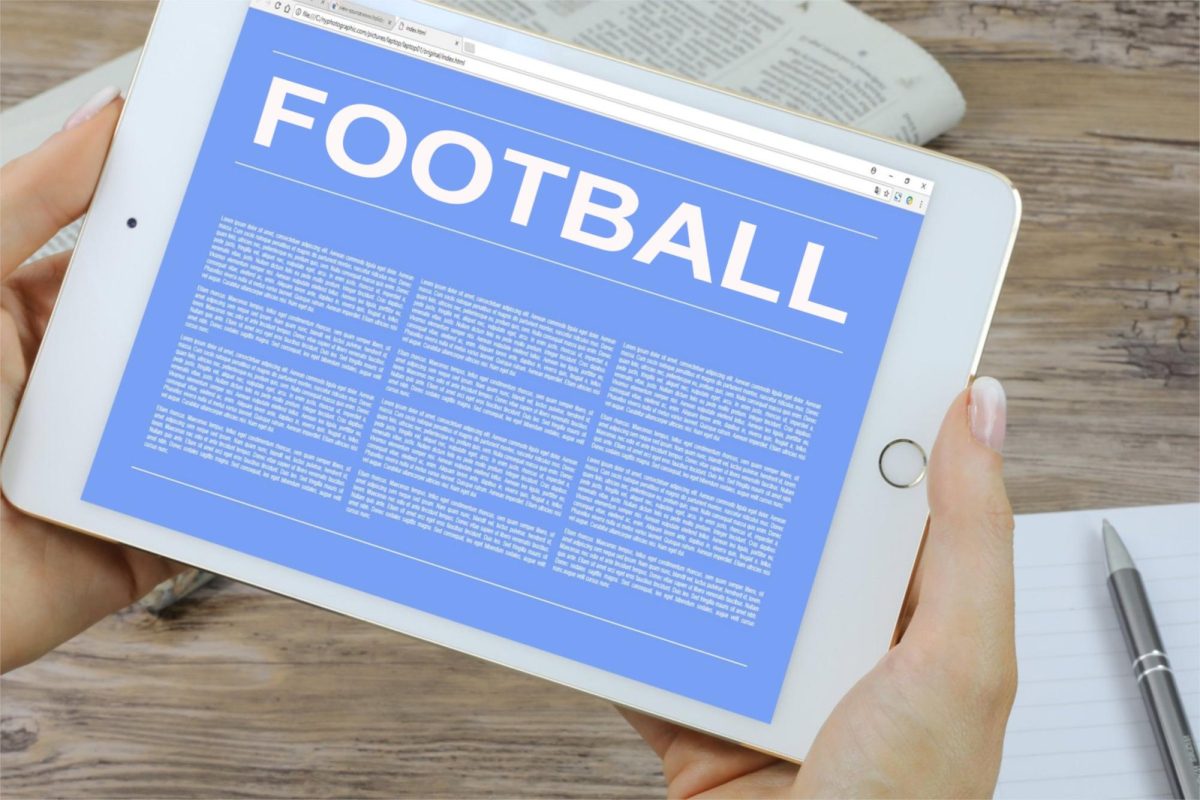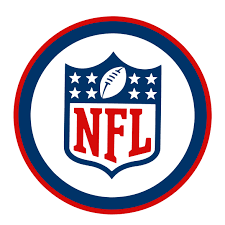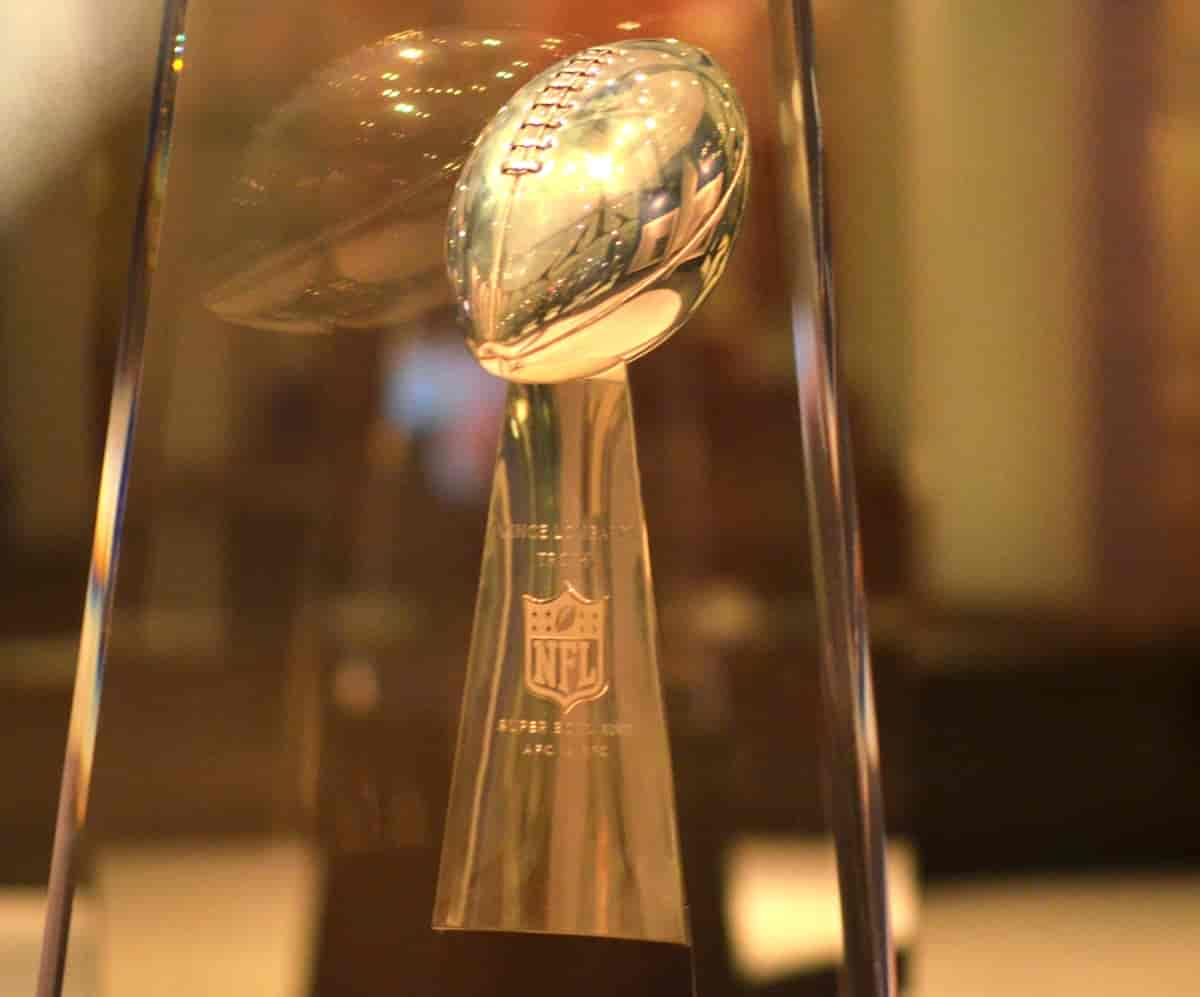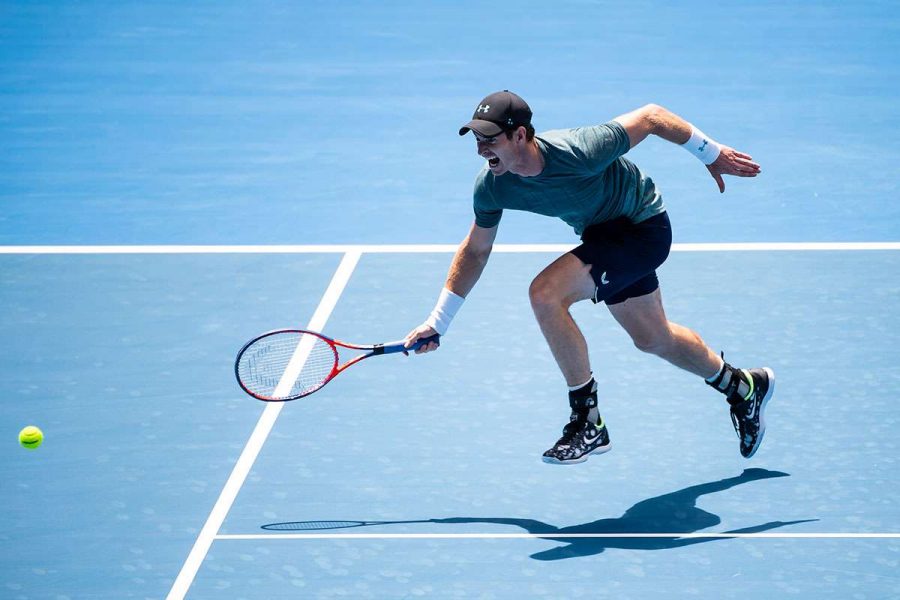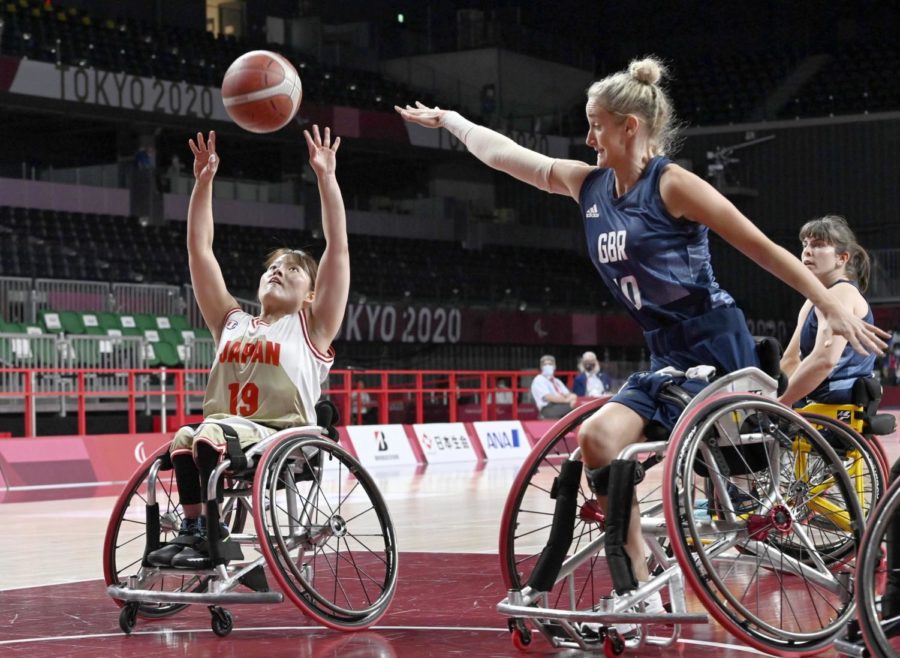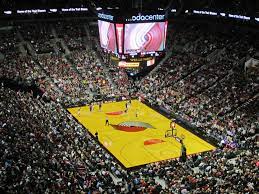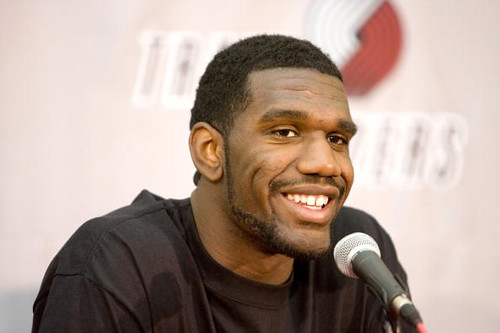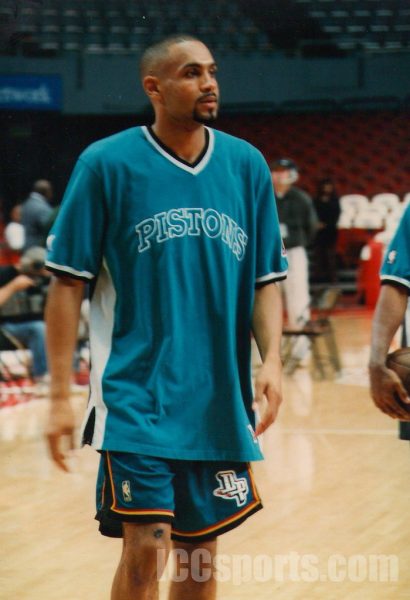Change Edition – The Development of the Paralympics
March 2, 2022
The Paralympics have created an amazing safe space for disabled athletes who still want to pursue their dreams of being professional athletes (“Paralympic Games”). The Paralympics began in 1948 and was originally created for veterans of the British World War 2, who suffered from spinal cord injuries. In 1952 a second competition took place with athletes from the Netherlands who joined the British athletes. These progressions brought us to the first Paralympic Games that were held in Rome in 1960. The development of these sports was slowly but surely getting there, and creating hope for those who had not been able to compete in sports due to their disabilities.
Since the breakthrough of the first Paralympic Games, it quickly became a tradition and got the recognition it deserved. In 1976 Sweden added the Winter Games to the Paralympics, which was soon followed by great achievements for Paralympics starting in 1988. One of the biggest accomplishments following the next year was the creation of the International Paralympic Committee (“About The International Paralympic Committee”). They were based in Germany and governed the Paralympic Games. Their primary job is to support the 200 plus members and to advocate for the developing inclusion and organization of the Paralympics. They have helped grow the program into what it is today. Since the first Paralympic games in 1960, the games have grown exponentially. The organization began with few sports and few participants, to having more than 10 sports, and being broadcasted on live television for billions to see and support.
Not only has the viewer population grown, but also the character development of the Paralympics and the athletes that participate. The IPC works very hard to create strong values for its athletes to follow and portray. Instead of hiding their differences and strengths, they are taught to embrace courage, determination, inspiration, and equality. This ties in with the big issue that many disabled people struggle with, inclusion. It still has a long way to go, but there has been so much development in the past few centuries. These athletes have been taught that they are as capable as anyone else, or any other athlete. If anything their accomplishments are more powerful to the public eye because of everything they have had to overcome to accomplish what they have.
Starting as such a small program, with very few sports to offer and few participants, the Paralympics have grown tremendously. They have brought in more than 10 sports, plus 200 or more professional Paralympic athletes, and been supported by a group of over 100 managers. All this support is what helps this organization continue to grow at the rapid pace it has been able to. It has helped so many families and athletes that felt that they were not capable of being part of these professional sports or sports at all. The Paralympics have opened so many doors and opportunities for physically impaired athletes. They have not only opened these doors to impaired adults, but they have also left options for any age. There is no minimum or maximum age to compete in the Paralympics, which just further proves the impact of this organization. The Paralympics have allowed all age groups to compete, despite most of society telling these athletes they aren’t capable.
The only setbacks they have are the physical requirements so that they can keep fair competitions going for all of these athletes. The requirements differ with each sport to adapt to the modifications they make. This doesn’t hold back the athletes, but more so encourages them to embrace the differences that they have overcome, and use it to their advantage for their desired sport. The most wonderful thing about the development of the Paralympics is how it has changed how society looks at these athletes. Instead of confusion and judgment, they have earned the respect that they deserved all along. With a rapidly growing organization, the Paralympics have made it possible for over 1 million athletes to compete at over 20,000 meets per year. Thanks to these numbers and supporters, the Paralympics will continue to grow and bring more amazing athletes to compete rather than being held back by societal standards of what they are “capable of.” I will personally be looking more into this organization and following all these amazing athletes in their career developments, and many others should do the same. I encourage readers to go and support, I promise you will be thoroughly impressed.




